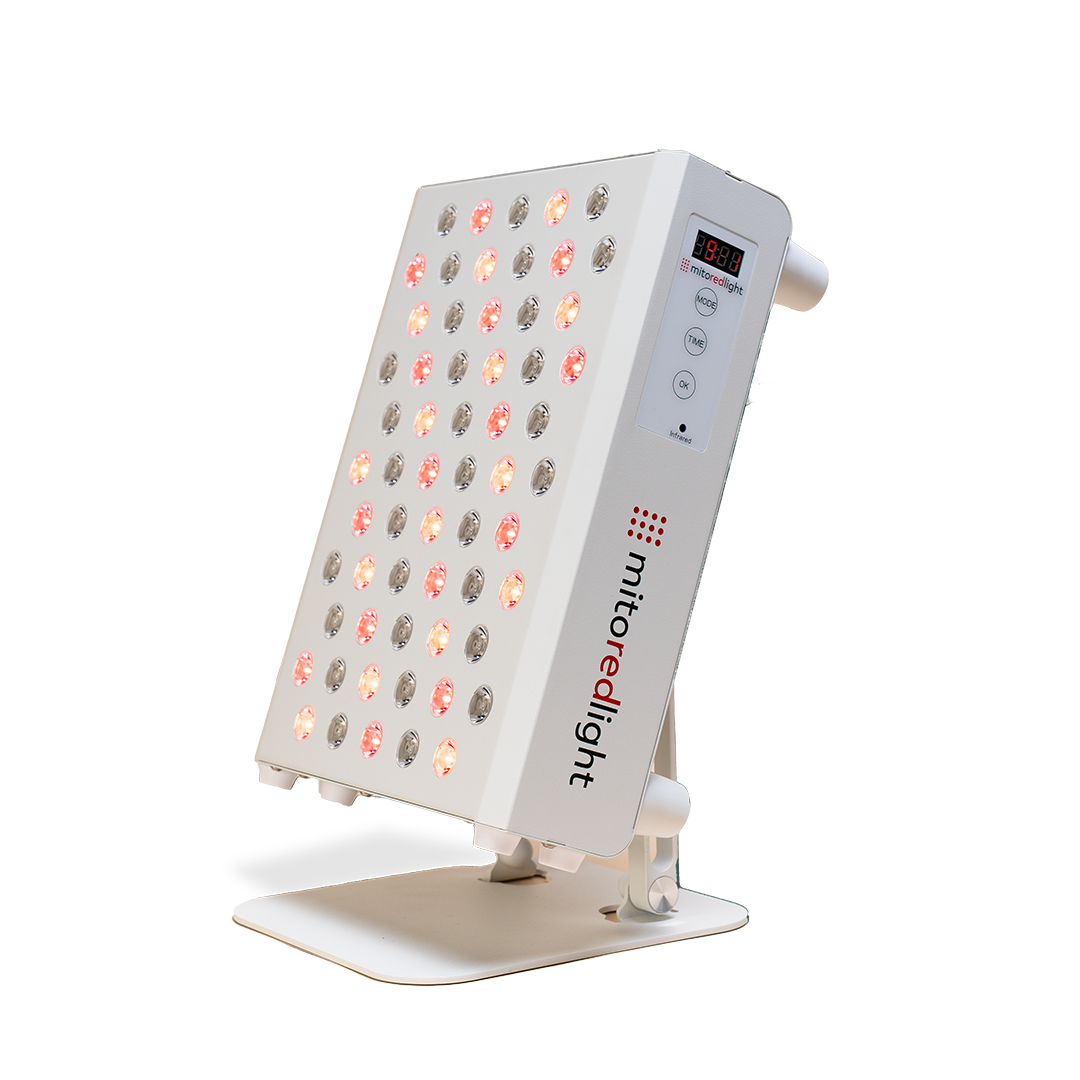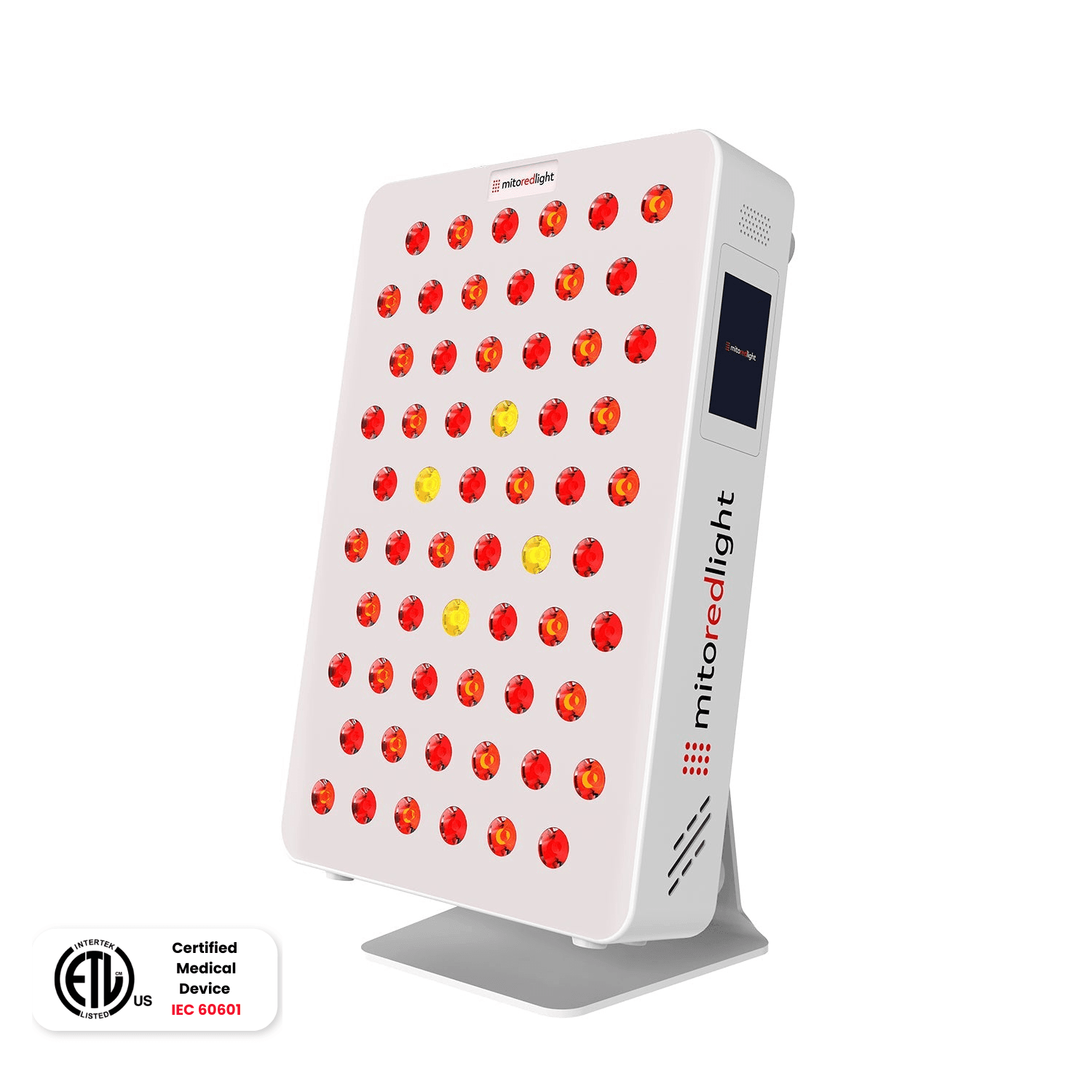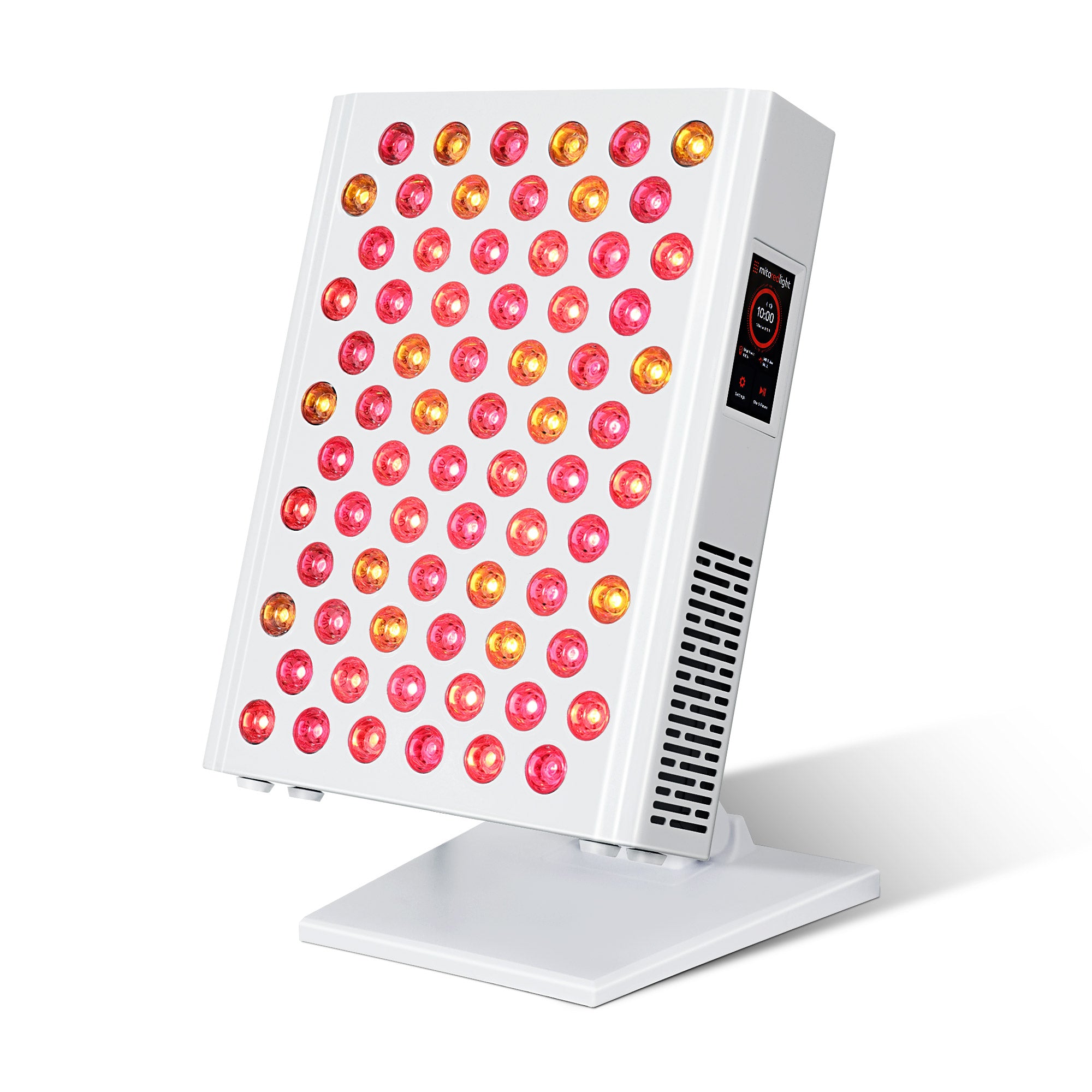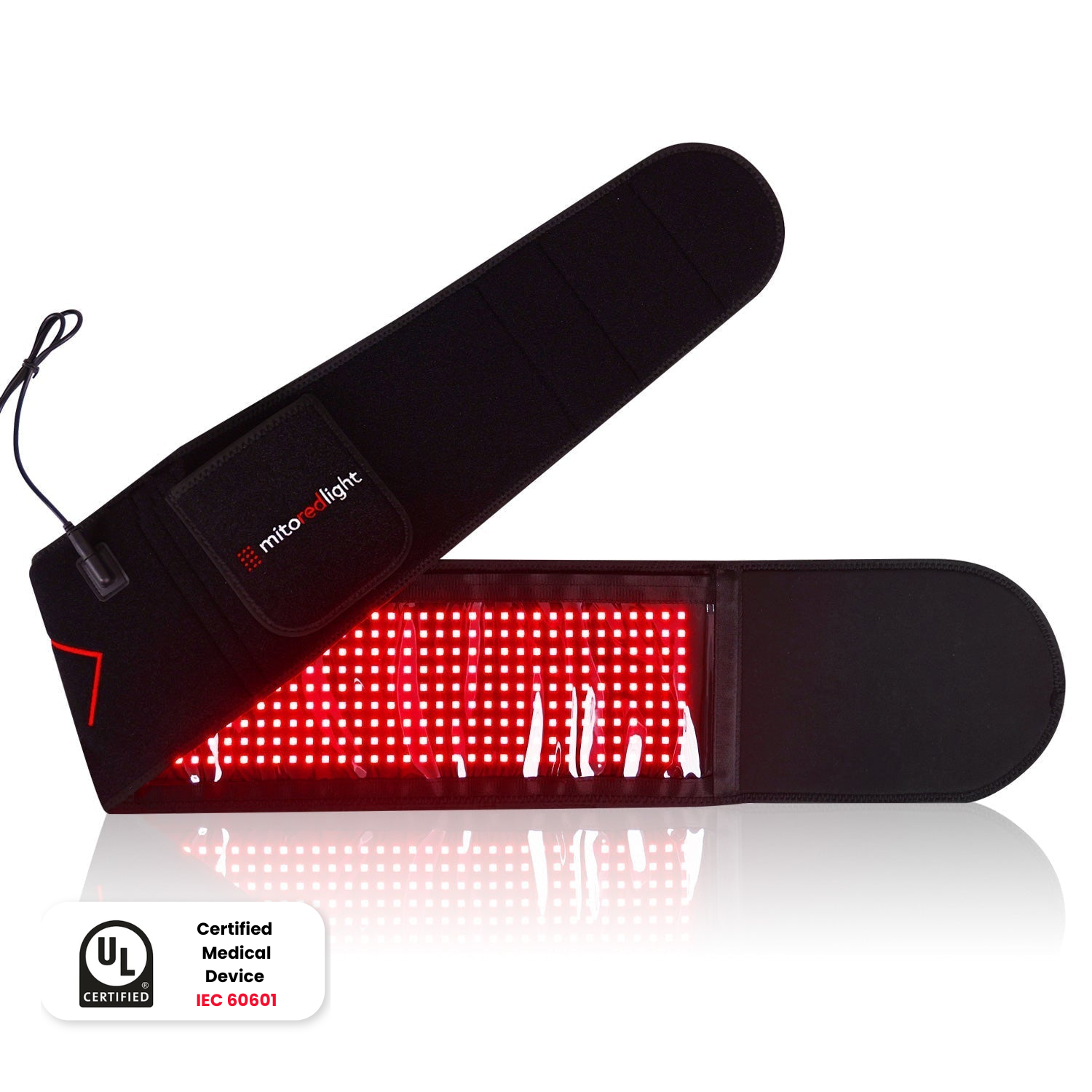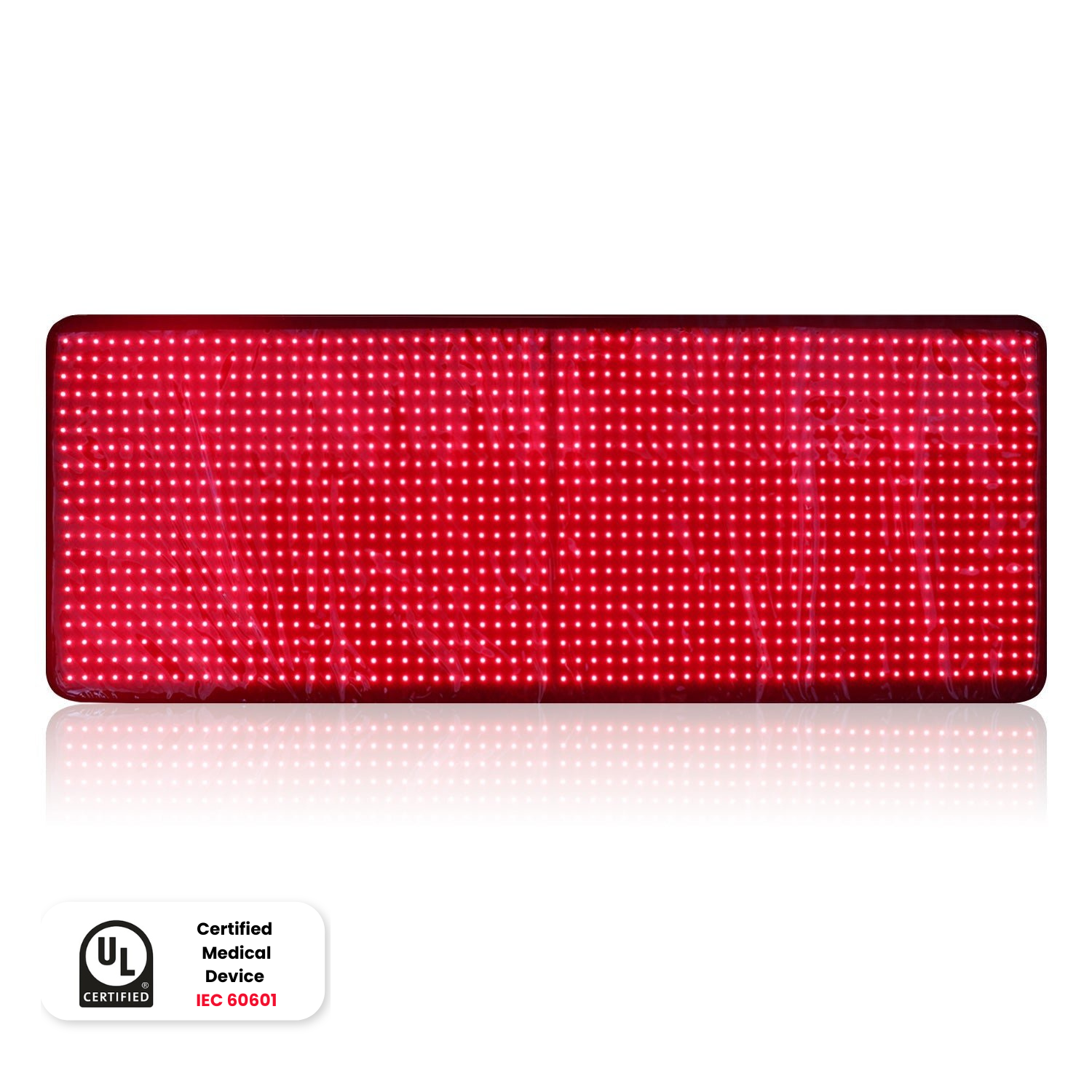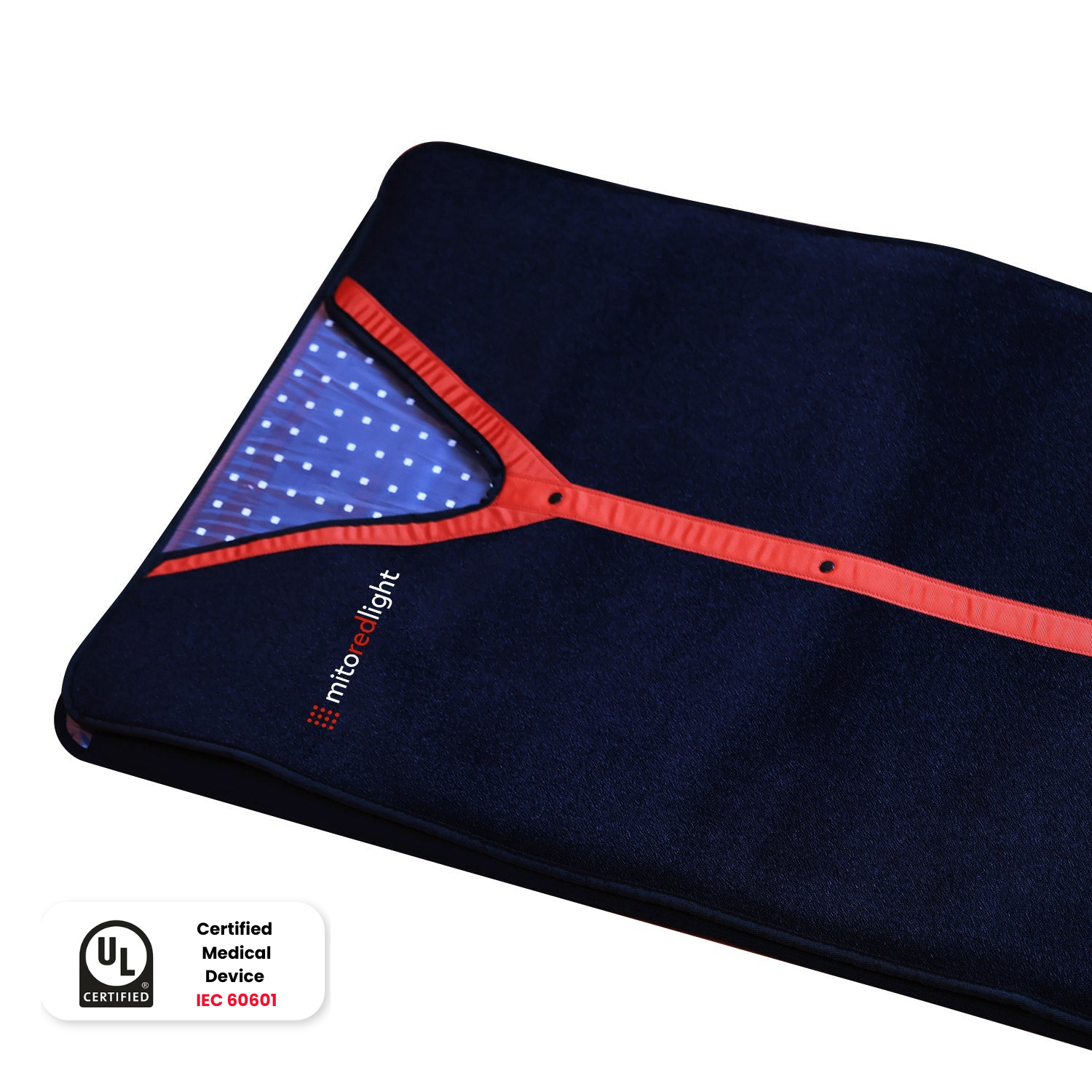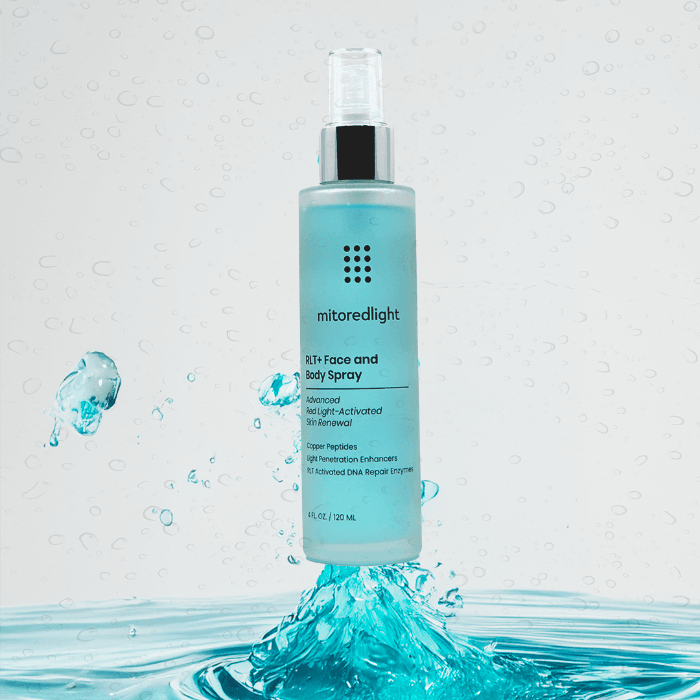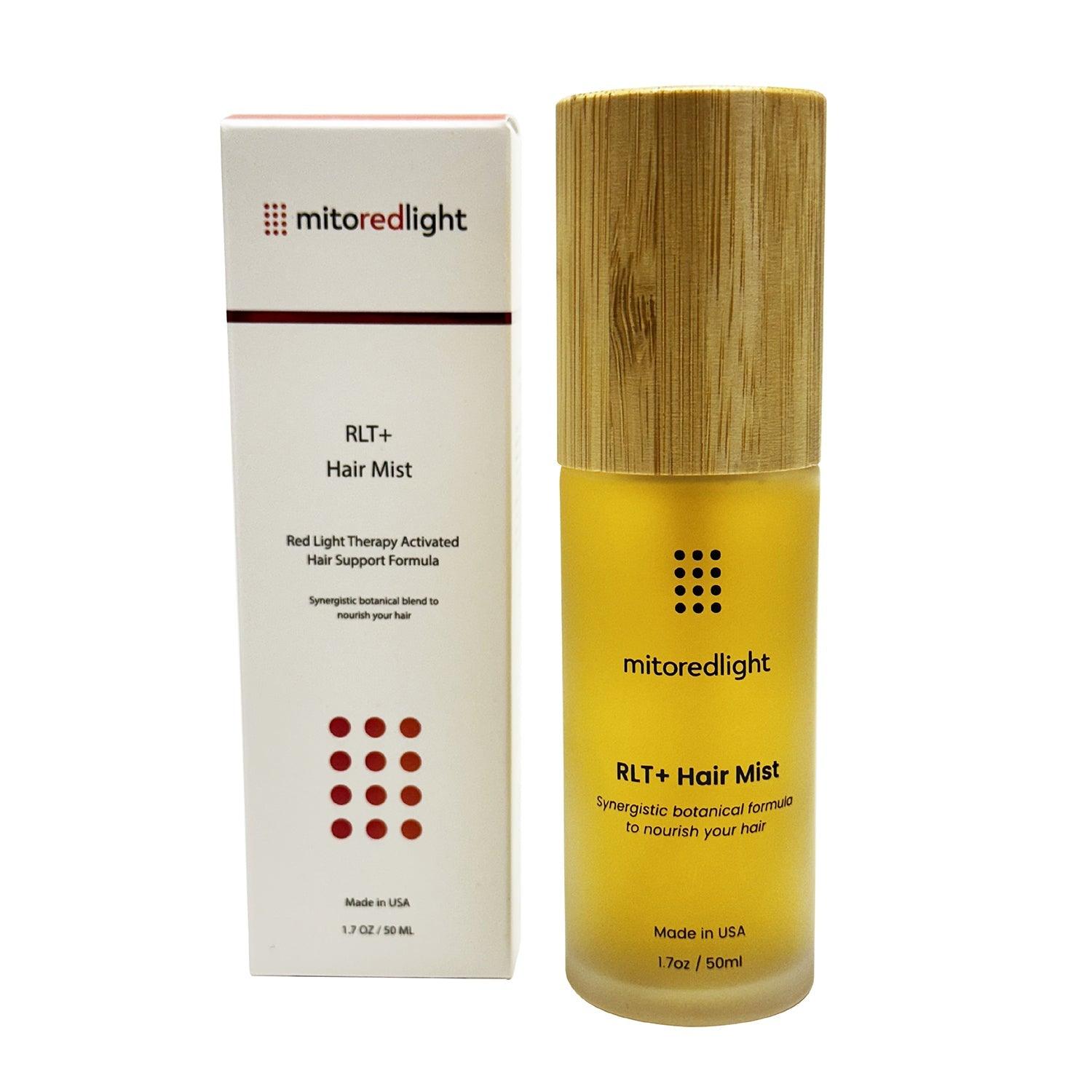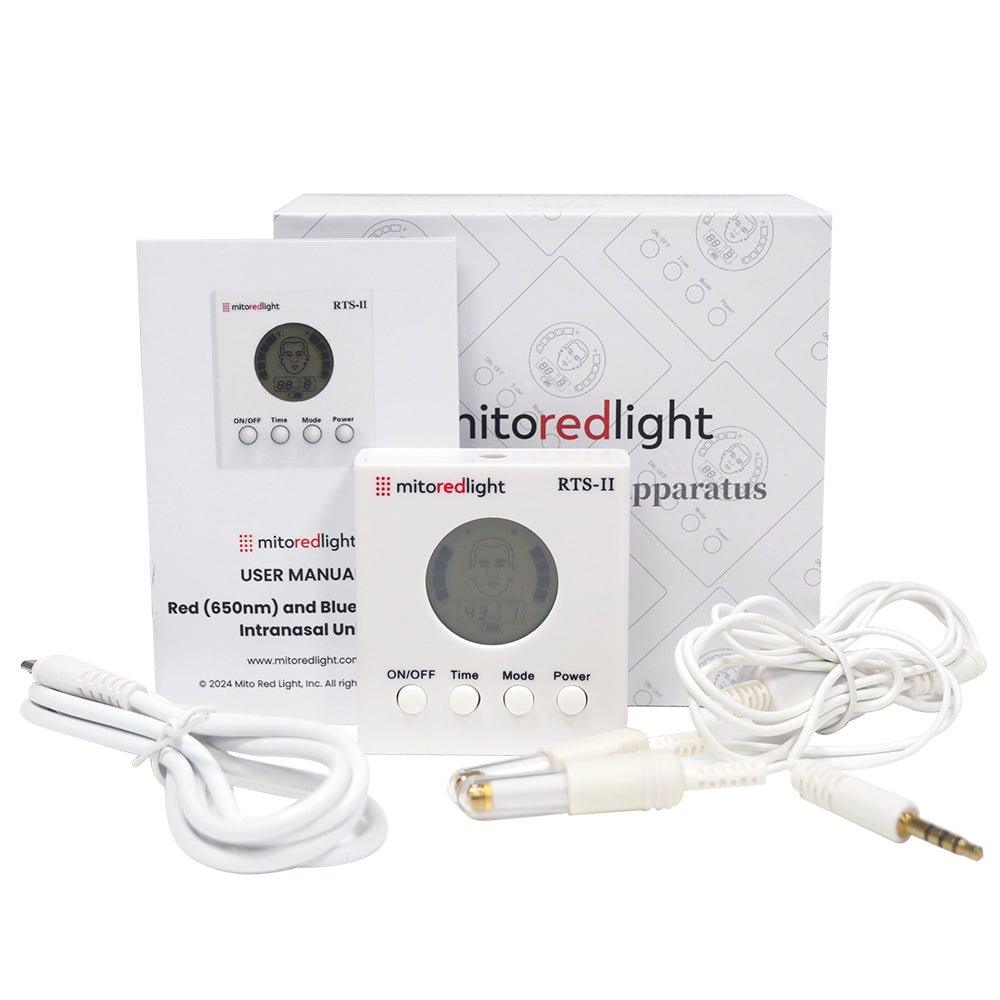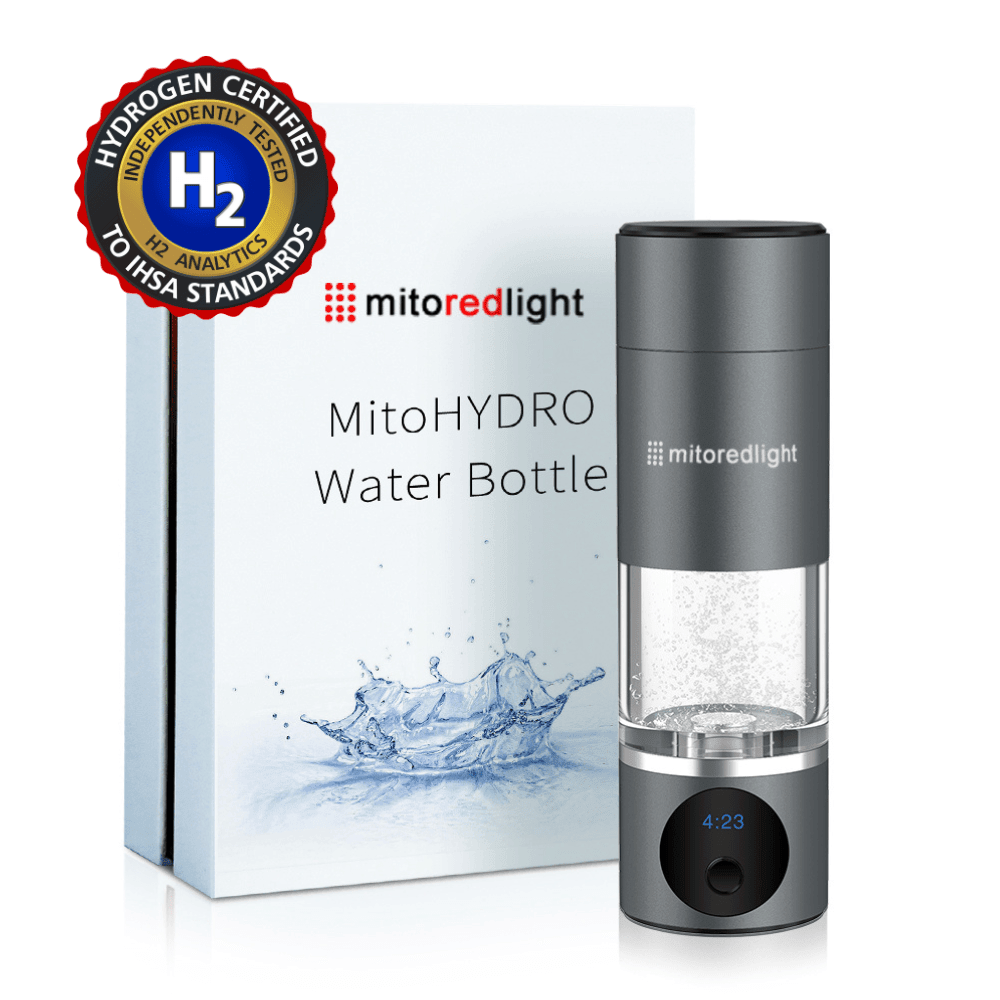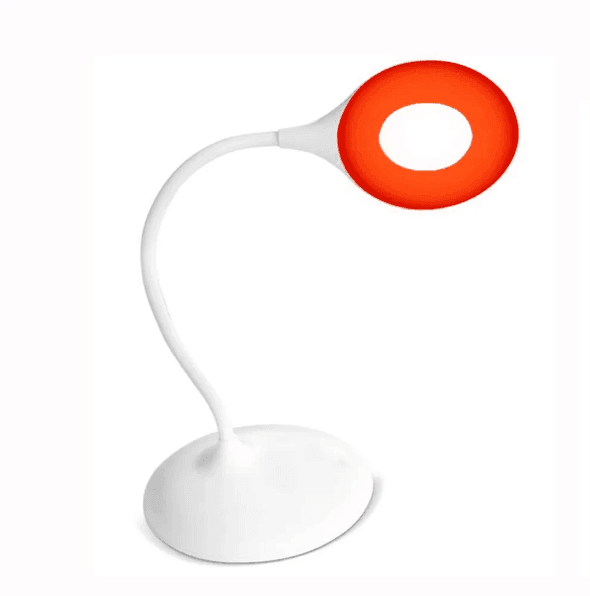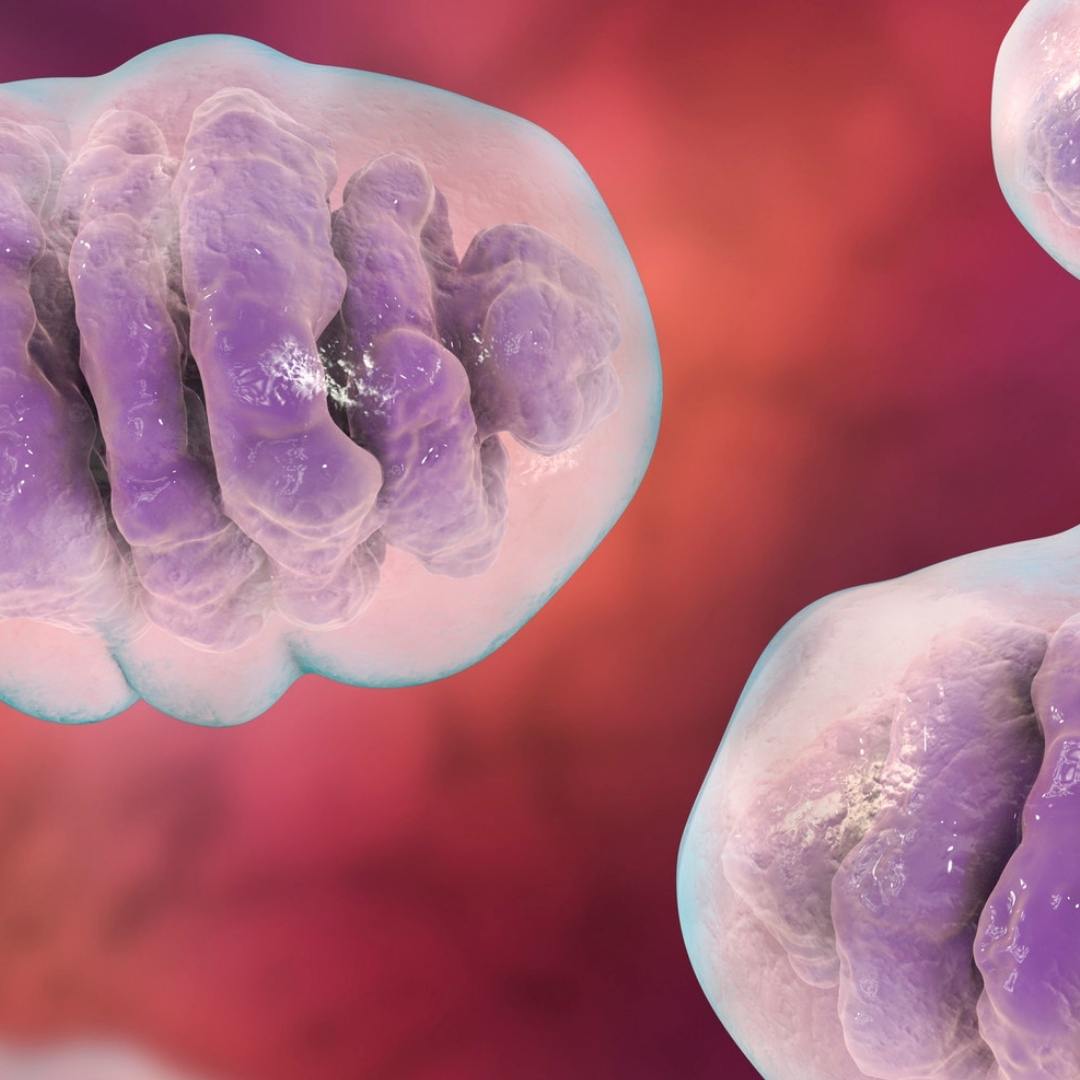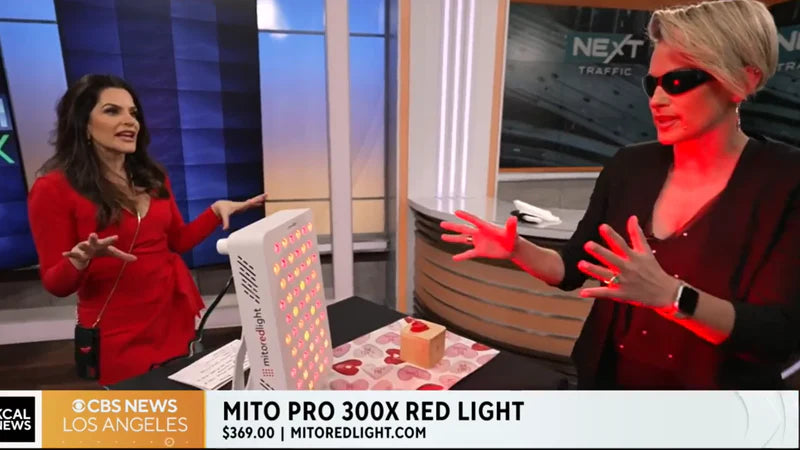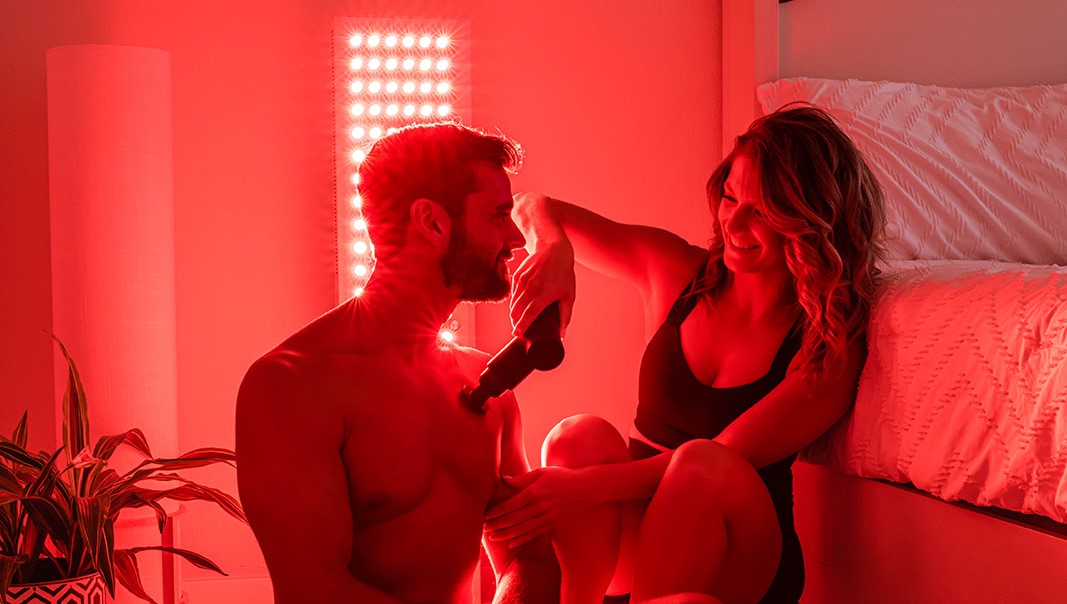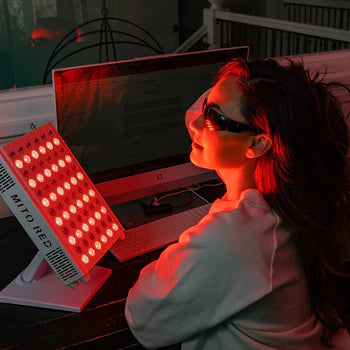DISCLAIMER: Mito Red Light devices are Class II wellness devices aimed at affecting the body through topical heating and supporting cellular function. The information provided in this article and on this site is for educational purposes only and is not intended to imply effectiveness of Mito Red Light devices for any specific application. The information provided in this article and on this site is not intended to diagnose, treat, cure, or prevent any disease, is not a substitute for consultation with a licensed medical provider and should not be construed as medical advice. Click here to read our article on potential contraindications of red light therapy..
Table of Contents
- The Importance of Our Skin
- Why Skin Ages
- Tips for Reducing Skin Aging
- Treating Skin Aging That Is Already Occurring
- Red Light Therapy Shows Age-Related Skin Benefits
The Importance of Our Skin

Our skin is the largest organ of our body and plays a vital role in many areas of life. One of the most important roles of the skin is to provide a protective barrier that keeps us safe from bacteria and viruses. Our skin also helps to regulate our temperature and gives us the ability to have tactile sensation that allows us to interact with the world around us.
Aside from the essential biological functions of the skin, our skin is unique as an organ in that it plays an important role in our social interactions. Skin influences how we perceive others and how they perceive us. Skin quality can be an indicator of someone's age or their health.
The quality of our skin impacts how others perceive our overall appearance and attractiveness. The social impact of our skin and the influence it exerts on how others view us is one of the reasons Americans spend $50 billion a year on cosmetics.
Why Skin Ages
Unfortunately, as we get older, our skin ages with us. The most visible and noticeable signs of aging include changes in skin quality and in hair color. While many people can easily change their hair color, the wrinkles and skin quality changes that occur with aging are much more complicated to alter or conceal.
Skin aging is caused by a combination of many biological factors that happen slowly over several decades, starting as early as age 20. While the small, incremental changes that occur are not noticeable when they start, they begin to compound as time progresses and start to occur faster as we get older.
Decreased collagen production
One of the main factors in skin aging is the effect it has on collagen. Collagen is an important fiber in our skin tissues that gives skin its elasticity. Collagen is produced naturally in the skin, but according to researchers at Dartmouth, the amount of collagen produced peaks at about age 20. After that point, the amount of collagen produced in your skin decreases by about one a year. Collage fibers and elastin fibers, another important contributor to skin elasticity, become thicker and more clumped, making skin more brittle and wrinkled over time.
Exfoliative changes
Exfoliation, the process by which dead skin cells shed, is another age-impacted skin process. Exfoliation decreases by 28% in our twenties, causing dead skin cells to accumulate and stick together for longer.
Skin cell changes
As we age into our forties and fifties, skin fat cells become smaller, providing skin that is less full. Oil glands decrease in size, further reducing hydration to our skin cells and making our skin drier, thinner, and more fragile. These factors combine to make our skin more susceptible to damage which can further impact our skin quality.
Damage
While skin aging is a natural and unavoidable process, there are many avoidable factors that can damage skin and cause it to age more quickly. Sun exposure or the use of tanning beds causes damage from the effects that high-energy light has on skin cells. Unhealthy habits, such as smoking or using recreational drugs, can cause damage to the skin that causes it to age more quickly. Poor nutrition or poor skin hygiene can also both be avoidable factors that cause premature aging of the skin.
Tips for Reducing Skin Aging
While the natural process of skin aging is largely unavoidable, there are certain measures that you can take to reduce the speed at which your skin ages. The American Academy of Dermatology Association (AAD) provides 11 important tips for reducing the effects of aging on your skin. We list the AAD tips below, along with some of our [MR] added commentary.
- Protect your skin from the sun - Sun exposure causes damage to the skin, especially when exposure occurs over prolonged periods of time or when exposure is direct. Wearing sunscreen or sun-protective clothing can help to reduce the aging effects of high-energy ultraviolet light. [MR] While this is true, most people are spending excessive amounts of time indoors and, as evidenced by the prevalence of Vitamin D deficiency, are not getting ENOUGH sun. A sensible middle-ground here might be to get regular, moderate sun exposure to support Vitamin D levels while wearing a hat or sunscreen to protect the face or other sensitive areas as needed.
- Avoid tanning beds - Tanning methods that use high-energy ultraviolet light cause damage to your skin and speed up the aging process. While tanning may have a desirable immediate effect, the long-term effects of using tanning beds make your skin age more quickly. The AAD suggests using self-tanner as an alternative.[MR] We would suggest reading the ingredient labels of self-tanners carefully.
- Avoid smoking - Smoking significantly speeds up how quickly your skin ages and causes wrinkles to appear earlier and be more pronounced. Avoiding smoking is key to avoiding premature skin aging.
- Avoid repetitive facial movements or expressions - Contracting muscles in your face cause wrinkles and lines in the skin. The more a line or wrinkle is created by making a specific expression, the more the skin wears in that area. While this tip may seem difficult to implement, the AAD points out that certain facial movements, such as squinting, can be avoided by wearing sunglasses. [MR] Moderate amount of sun exposure to the eyes (particularly at certain times of the day such as sunrise, mid-day, and sunset) may be a good idea.
- Follow a healthy diet - A well-balanced, healthy diet will provide your skin with the nutrients that it needs to stay as healthy as possible and avoid potentially damaging foods that may speed the aging process. The AAD specifically identifies a diet that is high in sugar or other refined carbohydrates as poor nutrition that has been shown to accelerate aging.
- Use less alcohol - Alcohol is a mild toxin and is harmful to skin health. Alcohol also dehydrates the skin, making it appear older.
- Exercise regularly - The AAD reports that studies have shown that moderate exercise improves circulation and boosts the immune system, giving skin a more youthful appearance and reducing the speed of skin aging.
- Wash your face twice daily and after sweating heavily - Perspiration can irritate the skin, causing inflammation that can age the skin more quickly. By regularly washing your face and removing sweat, this damage can be avoided.
- Be gentle when cleaning your skin - While regular skin cleaning is important, scrubbing can cause irritation that is counterproductive. Irritation of the skin can lead to increased effects of aging.
- Use a facial moisturizer daily - Dehydration of the skin is one of the causes of skin aging. By regularly using a moisturizer that traps water in the skin, aging will be slowed, and your skin will look fuller and more youthful.
- Avoid skin products that sting or burn - Stinging or burning indicates that your skin is irritated. Avoiding this potential cause of skin irritation can help to reduce the speed of skin aging.
Treating Skin Aging That Is Already Occurring
While proactively reducing the effects of skin aging is ideal, skin aging will still occur to some extent. Some people may also find themselves in a position where they become more concerned about aging skin once skin damage has already occurred or when the effects of aging on the skin begin to become more noticeable.
There are several treatment options for treating skin aging that have already occurred. These can include everything as invasive and complex as surgery to something as simple as non-invasive light-based therapies. While there are many different skin aging treatments, some of the main categories include surgeries, injections, and laser resurfacing.
Surgery
Cosmetic surgery can be expensive and involve risk. Surgery can also have negative outcomes that decrease the overall appearance of your skin or create an unnatural appearance. The best way to reduce the potential of negative cosmetic surgery effects is to consult with a surgeon who has experience and a proven track record. These cosmetic surgeons, however, are typically more expensive due to the better quality of work that they provide.
Injections
While surgery is a more extreme treatment for aging skin, skin injections are a less invasive and less expensive method of treating aging. Skin injections can include using fat cells that pump the skin, giving it a fuller appearance. Skin injections also may include Botox. Botox is a toxin that is produced by the bacteria that causes botulism. While an infection by this bacteria can be fatal, small amounts of the toxin that it produces can be injected into muscles in the face and other muscles. This causes small muscles in these areas to become paralyzed and tighter, helping to reduce wrinkles and make the skin appear younger.
Laser resurfacing

According to Mayo Clinic, laser resurfacing uses a focused, high-energy beam of light that can remove the outer layers of the skin and stimulate the underlying skin to produce more collagen, helping to reduce or partially reverse the effects of aging. Laser resurfacing can have uneven effects because the area that a laser treats is very small, making it difficult to evenly treat larger areas of skin. Laser resurfacing can also cause negative side effects, including redness, swelling, itching, acne, infection, scarring, and changes in skin color.
Red Light Therapy Shows Age-Related Skin Benefits
An emerging area of study in reducing the effects of aging on the skin has been the innovative approach of red light therapy. Red light therapy uses specific wavelengths of light that are longer and lower energy than other wavelengths of light that can be seen. A study in 2017 showed that while certain light, like blue and ultraviolet light, can slow the function of cells, other wavelengths of light, like red light can have a positive effect on cell metabolism.
Red light therapy masks have become a popular tool for those trying to reduce the effects of aging on the skin because it is non-invasive and does not have many of the negative or potentially severe side effects that surgery, injections, and laser resurfacing can create.
Red light therapy vs. laser resurfacing
The skin aging treatment that is most similar to red light therapy is laser resurfacing, which also uses the energy of light to reduce wrinkles and promote skin health. The biggest difference between these two therapies is that the light energy used in lasers is very focused on a small area, heating and sometimes removing the skin. Red light therapy is designed to be used over a large area, penetrating deeply into the skin over an entire surface.
Red light therapy vs. ultraviolet light damage
While high-energy light, like the ultraviolet (UV) light of the sun, can cause damage to the skin and speed up the effects of aging, red light therapy has not been found to have the same negative effect.
A recent article in the Journal of Aesthetic Nursing reports that red light therapy causes “increased cellular proliferation, as well as stimulation of tissue regeneration, through targeting fibroblasts, keratinocytes and immune cells (mast cells, neutrophils, and macrophages), which can be stimulated using specific wavelengths with significant tissue penetration properties.” Unlike UV light, the article says, “red light therapy is atraumatic and bypasses the initial destructive step by directly stimulating regenerative processes in the skin.”
Red light therapy and the Future of Skincare
Because red light therapy is non-invasive and provides a regenerative process in the skin, it has become an increasingly popular therapy for people wanting to reduce wrinkles and other effects of skin aging. While red light therapy is a newer type of therapy, emerging research is showing great promise in the use of red light to reduce the effects of UV light and promote skin health.
Mito Red Light provides a variety of red light therapy products that are specifically designed to provide the specific wavelengths of light that are thought to help reduce the effect of skin aging and regenerate skin. We welcome you to review our selection of high-quality products or to contact one of our expert representatives at +1 866-861-6486.
Related Articles:
- Everything You Need to Know About Red Light Therapy and SKIN
- Red Light Therapy for Anti-Aging, Skin Rejuvenation, Collagen Production and Overall Skin Health
- Skin Health Tips and Trends
- What Is Red and Near Infrared (NIR) Light Therapy?
- Red Light Therapy Buyer’s Guide
DISCLAIMER: Mito Red Light devices are Class II wellness devices aimed at affecting the body through topical heating and supporting cellular function. The information provided in this article and on this site is for educational purposes only and is not intended to imply effectiveness of Mito Red Light devices for any specific application. The information provided in this article and on this site is not intended to diagnose, treat, cure, or prevent any disease, is not a substitute for consultation with a licensed medical provider and should not be construed as medical advice. Click here to read our article on potential contraindications of red light therapy..
